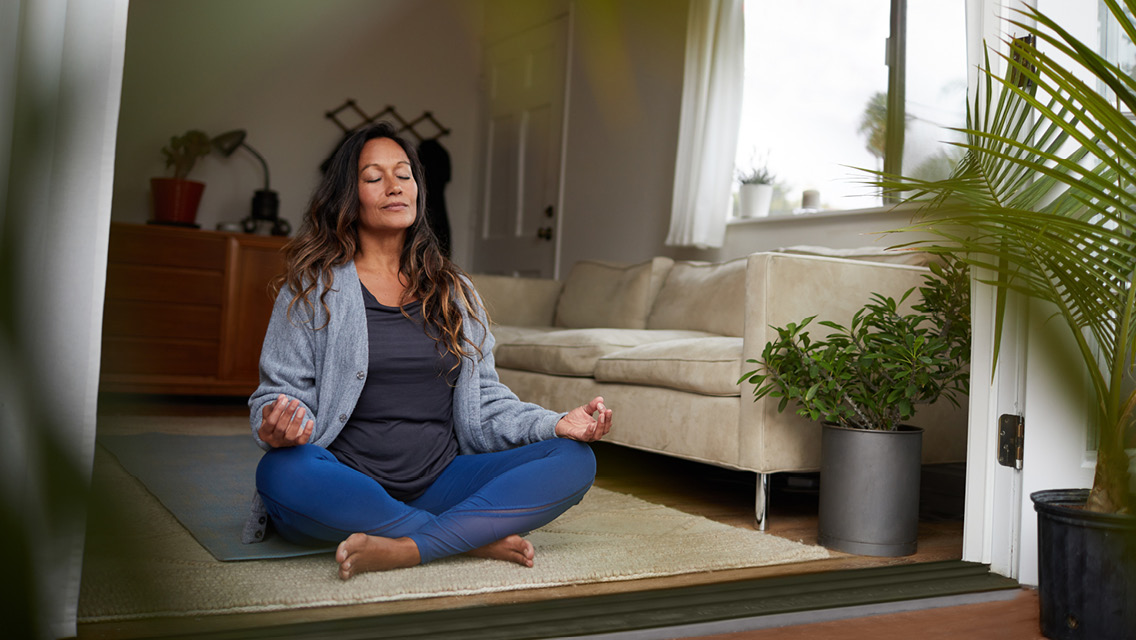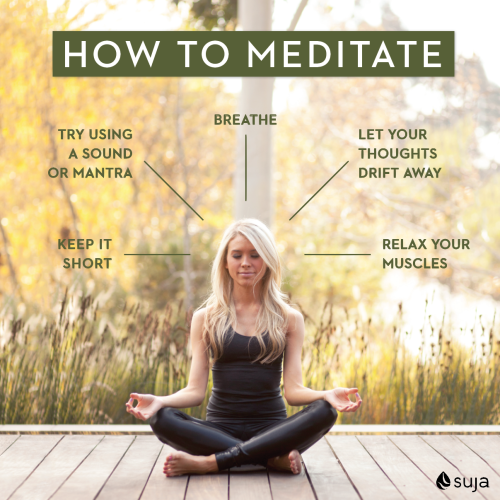Reveal the Benefits of Daily Method: How to Meditate?
Reveal the Benefits of Daily Method: How to Meditate?
Blog Article
How to Meditate: A Step-by-Step Method to Getting Mindfulness and Tranquility
Meditation offers as an effective device for attaining mindfulness and emotional calm in a busy world. By recognizing the basic concepts and strategies involved in reflection, individuals can grow a practice that enhances their overall well-being.
Understanding Meditation
Recognizing meditation entails comprehending its essential principles and techniques, which serve as the foundation for the method. At its core, meditation is a psychological workout focused on advertising leisure, developing inner energy, and developing concern and understanding. The method encourages people to focus their attention, often via methods such as deep breathing, visualization, or rule repeating.
Reflection can be categorized into different designs, consisting of mindfulness, transcendental, and loving-kindness meditation, each with distinctive objectives and methods. Mindfulness reflection emphasizes present-moment awareness and non-judgmental observation of ideas and feelings, while copyright includes the use of particular rules to go beyond common mind. Loving-kindness meditation concentrates on developing a mindset of love and concern in the direction of oneself and others.
Despite the technique utilized, the key goal continues to be consistent: to cultivate a much deeper understanding of the mind and its patterns. This self-awareness fosters emotional strength, quality of thought, and a profound sense of tranquility (How to meditate?). By comprehending these techniques and concepts, people lay the groundwork for a successful reflection practice that can considerably boost their general well-being
Getting Ready For Your Practice
Before starting your reflection technique, it is vital to produce a setting for focus and relaxation. Select a peaceful space where you are unlikely to be interrupted. This can be an edge of an area, a garden, or any type of place that evokes a sense of tranquility. Guarantee that the location is clean and free of clutter, as a clean atmosphere can aid get rid of the mind.
Take into consideration the lights, as natural light can enhance your state of mind and energy. Soft, cozy lighting is commonly much more calming than rough fluorescent lights. In addition, select a comfy temperature level, ensuring that you are neither also hot neither as well cold.
Integrating components that advertise serenity can even more enhance your experience. This could consist of soft cushions or blankets for convenience, along with soothing aromas from crucial oils or scent. It can also be valuable to have a timer set for your reflection session to prevent distractions from clock-watching.
Basic Meditation Methods

One more effective strategy is body scan reflection. This includes emotionally checking your body from head to toe, seeing any type of locations of tension or pain and knowingly kicking back those muscular tissues. This technique cultivates a deeper connection between your mind and body.

Finally, loving-kindness reflection focuses on cultivating compassion in the direction of yourself and others. Calmly repeat phrases of goodwill, boosting psychological health and interconnectedness. Each of these methods offers as a structure for your reflection trip, allowing you to locate the technique that resonates best with your personal technique.
Maintaining Focus and Mindfulness

Developing a dedicated meditation area can enhance the capability to maintain mindfulness. A peaceful, minimalist setting reduces disturbances, enabling for much deeper immersion in the technique. Additionally, setting a time frame can assist handle expectations; starting with much shorter sessions may reduce the transition into longer practices.
Making use of strategies such as body scanning or observing feelings can also reinforce mindfulness. These methods motivate specialists to stay present and engaged with their physicality, securing their interest in the moment. Routine practice is important; the brain builds durability in time, creating a stronger capability for focus.
Incorporating Meditation Into Day-to-day Live
Including reflection right into every day life can transform routine activities into chances for mindfulness and self-reflection. By incorporating mindfulness techniques right into typical jobs, people can grow a higher sense of visibility and harmony in the middle of the numerous hours of everyday life.
Begin by determining minutes throughout your day where you can practice and stop mindfulness. Also mundane activities like cleaning recipes or walking can become chances for reflection by routing your attention to the sensations of motion and the noises bordering you.
In addition, alloting devoted times for reflection can enhance its method. Beginning with short sessions, gradually boosting duration as you come to be much more comfortable. Usage reminders or cues-- like a certain time of day or a relaxing noise-- to develop uniformity.
Inevitably, the objective is to weave mindfulness into the fabric of daily life, allowing you to come close to each minute with purpose, consequently improving your general sense of health and quality.
Final Thought
In final thought, effective meditation needs a quiet setting, a comfy position, and a focus on the breath. Routine meditation, also in short sessions, cultivates a deeper link to the existing moment, inevitably leading to greater calmness and psychological clarity in address day-to-day life.
Meditation can be classified right into various designs, consisting of mindfulness, transcendental, and loving-kindness meditation, each with unique purposes and methods. Mindfulness meditation stresses present-moment awareness and non-judgmental monitoring of feelings and ideas, while transcendental reflection involves the usage of certain concepts to transcend average thought processes.With your reflection room prepared, it's time to explore different standard reflection strategies that can help cultivate mindfulness and inner tranquility.Continually maintaining focus and mindfulness during reflection can be tough, especially for those new to the technique.Developing a devoted meditation area can improve the capacity to keep mindfulness.
Report this page